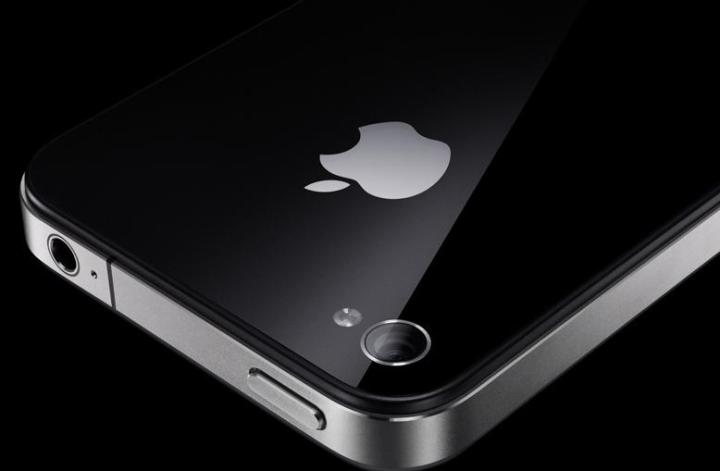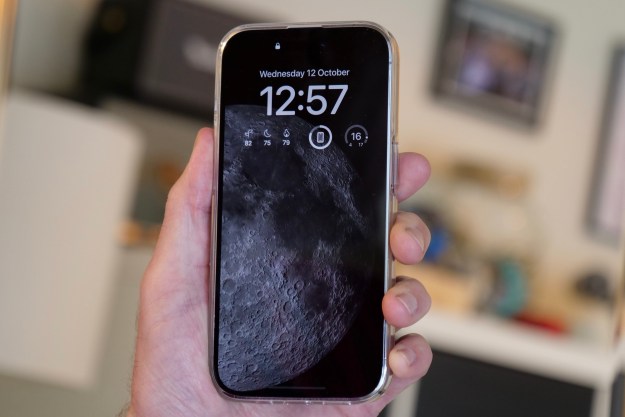
You want the good news first? If you have an iPhone 4, a computer running Windows, and you have saved your SHSH blobs in the past for 6.1.3 or earlier, then there is a way back to iOS 6.
The bad news is that any other device updated to iOS 7 is currently stuck with it. If you’ve updated your iPhone 5, iPhone 4S, any iPad, or the fifth-generation iPod Touch, Apple does not offer any way back. If we find one, we’ll tell you, but for the moment you’re going to have to try and get used to it. Check out our iOS 7 tips, and try to enjoy.
What you need to downgrade your iPhone 4
This is going to take a while and it’s not without risk. Are you sure you can’t live with iOS 7? Fair enough, let’s proceed. Before you start, make sure that you back up everything on your iPhone 4 right now.
- You need to use iTunes 11.0.5 or lower for this to work. If you already have iTunes 11.1 or above, then you’ll have to completely uninstall it. You can download iTunes 11.0.5 from Old Apps.
- Download iFaith from GitHub and unzip it.
- Connect your iPhone 4 to your computer.
If you know where your “SHSH blob” is and you have it saved locally then you’re ready and you can skip to the next section, if not you can use iFaith to locate it. Double click the iFaith application and select OK then choose Show Available SHSH Caches on Server. Click Yes and then choose Show list of available SHSH blobs on TSS server(s). You’ll get a list of available blobs and you can download the one you want. When you’ve got it you can exit iFaith.
Using iFaith to downgrade to iOS 6
You should have your iPhone 4 still connected to your computer. Fire up iFaith again and this time select Build *signed* IPSW w/ blobs then Browse for SHSH blobs and select the one you want from wherever you saved it earlier.
You’ll need the iOS firmware file next, but you can just select Download it for me. Once it’s ready you can continue and choose Build IPSW. This will take a while, so grab a coffee.
When it’s done make sure to note the name of the IPSW file it has created and then click OK to continue.
You now need to put your iPhone into DFU mode. Hold the Sleep/Wake button on your iPhone and Slide to power off. Click Start on iFaith and follow the onscreen instructions to press and hold the Sleep/Wake key and the Home key for 10 seconds, then release the Sleep/Wake key and keep holding the Home key for 30 seconds.
You should see a message in iFaith telling you that your iPhone 4 is in DFU mode and you can click OK and then exit iFaith.
Restore from iTunes
It’s time to launch iTunes 11.0.5. It should detect your iPhone 4 in recovery mode. Click OK.
Hold down the Shift key and click the Restore iPhone … button in the Summary pane then browse to the IPSW file you created with iFaith and select it.
The restore will probably take a while, so just leave it alone until it is done.
When it’s ready just follow the onscreen instructions to set up your iPhone 4. That’s it your iPhone is downgraded to iOS 6.
Editors' Recommendations
- Are you having iPhone alarm problems? A fix is coming soon
- How to transfer photos from an iPhone to a computer
- How to schedule a text message on your iPhone
- How to find your lost phone (tips for iPhone and Android)
- iPhone SE 4: news, rumored price, release date, and more


